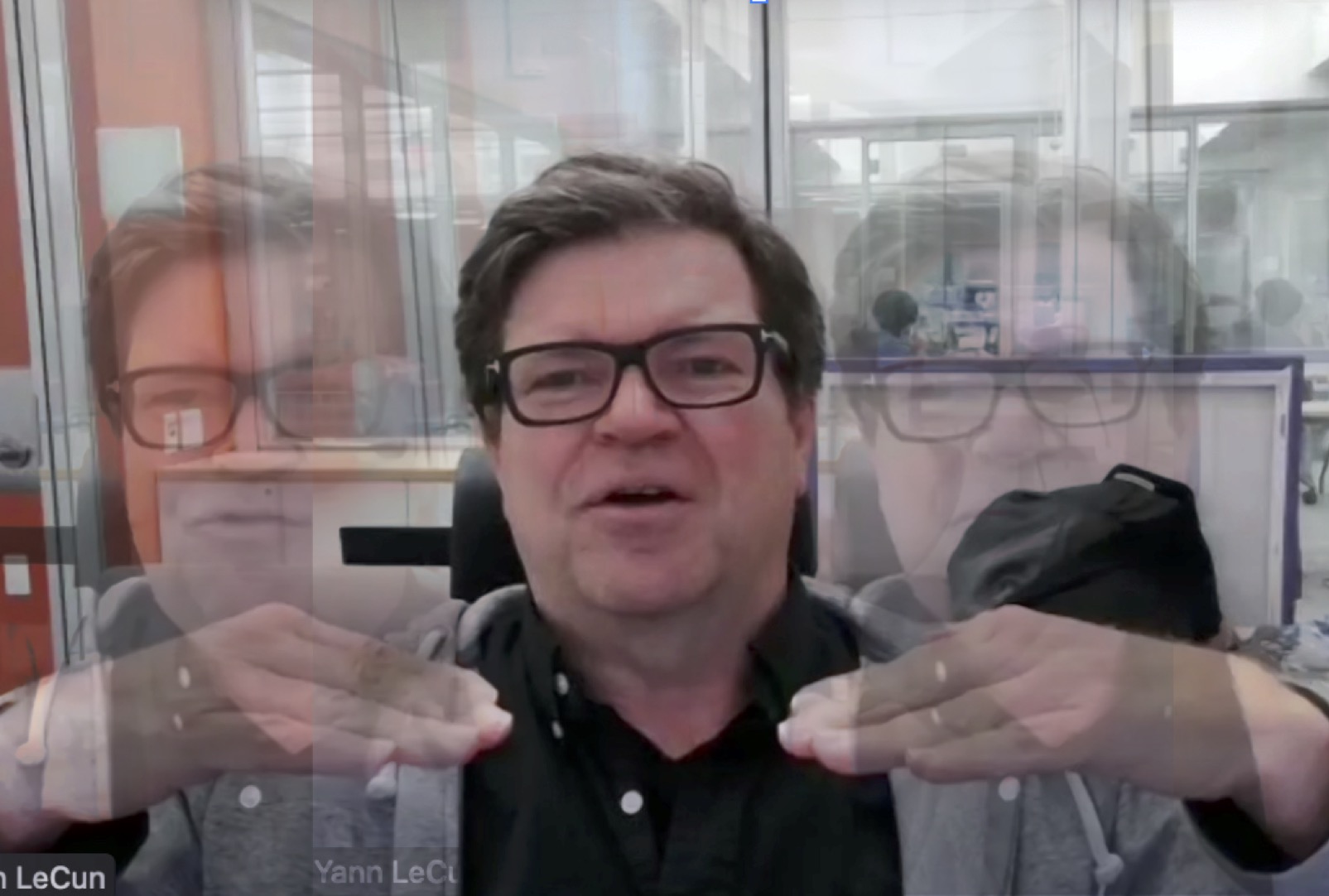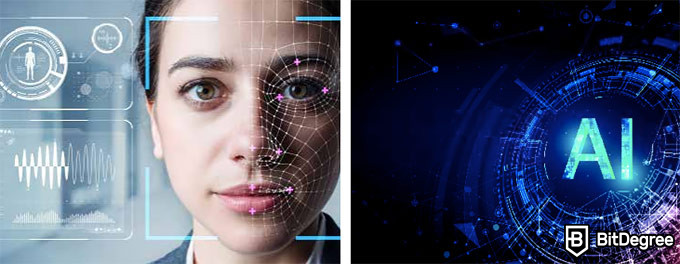
HPE is at the forefront of AI technology, harnessing data from the edge to support success with real time analytical AI. HPE software can automate predictive analytics as well as data control. Prior to 1949, computers were unable to remember commands. Alan Turing, the renowned computer scientist, first proposed the idea of creating intelligent machines in 1950. He wrote a 1950 paper that discussed the possibility of creating intelligent machines. Dartmouth Summer Research Project On Artificial Intelligence was presented with the first AI program.
Edge AI
Edge AI blends the speed and agility associated with local processing with the computing power of cloud computing. It eliminates bandwidth limitations and data transmission restrictions associated with traditional cloud computing. Edge AI provides a faster response time for users and can enhance the user experience. This is especially important when it comes to mobile and wearable technologies. Instant feedback can help consumers make better decisions and gain competitive advantage. What is Edge AI? Here are some of its key benefits. Continue reading for more information.
Ready-to–use AI
What makes ready-to-use AI products different from custom-developed AI products? Ready-to-use AI tools can be purchased in an off-the-shelf form, while custom solutions require data-training and onboarding. However, the decision between a ready-to-use AI product and a custom-developed solution depends on the specific use case and the budget available. Pre-built AI tools can save you time and money in many cases.

AI that is self-aware
A self-aware AI is an artificial intelligence that is able to understand both its own emotions and those of others. In short, it would have human-level consciousness and the equivalent of human intelligence. But it's still many decades away. Self-aware, self-aware, AI has many dangers. These are the three most serious risks. Each of these risks will have serious repercussions on humankind.
AI for the narrowest of applications
Weak artificial Intelligence is when a restricted part of a mind is implemented. This is called Narrow AI at the most basic level. It is known as "weak AI" because it focuses on one narrow task. John Searle (philosopher) says artificial minds can test hypotheses on the nature and function of the mind, but not actual minds. As such, they are considered to be "weak" AI because they are not fully functional.
Theory of mind AI
Artificial Intelligence (AI), or at the very least, the ability to probe and read the minds of people, could be possible in the future. Although self-driving vehicles are now available, they do not have the same abilities as the theory about mind AI. These cars are still not reliable enough for everyday use. However, there are ways to create machines that replicate the emotions and thinking patterns of humans. It is very promising to develop AI in this manner, since it will allow humans to improve their lives and enhance their quality of life.
Autonomous databases
An autonomous database combines both a data warehouse as well as an artificial intelligence engine. The former uses artificial Intelligence to automatically tune and optimize database resource, while machine learning is used to anticipate and satisfy future requirements. In addition, an Autonomous database has full end-to-end automation. It's a great option for data warehouse workloads at companies with geographically dispersed employees.

Prebuilt models
Building a machinelearning model is the first step to creating AI applications. A prebuilt or custom model can be used. For applications with unique data, custom models work better. Prebuilt models work well for scenarios that are familiar to multiple types of businesses. These scenarios will be discussed in later topics. Here are some examples of AI scenarios:
FAQ
What does AI look like today?
Artificial intelligence (AI), is a broad term that covers machine learning, natural language processing and expert systems. It's also called smart machines.
Alan Turing was the one who wrote the first computer programs. His interest was in computers' ability to think. He presented a test of artificial intelligence in his paper "Computing Machinery and Intelligence." The test asks if a computer program can carry on a conversation with a human.
John McCarthy, in 1956, introduced artificial intelligence. In his article "Artificial Intelligence", he coined the expression "artificial Intelligence".
Many AI-based technologies exist today. Some are simple and straightforward, while others require more effort. They include voice recognition software, self-driving vehicles, and even speech recognition software.
There are two major types of AI: statistical and rule-based. Rule-based uses logic in order to make decisions. For example, a bank account balance would be calculated using rules like If there is $10 or more, withdraw $5; otherwise, deposit $1. Statistics are used to make decisions. To predict what might happen next, a weather forecast might examine historical data.
Is Alexa an Artificial Intelligence?
Yes. But not quite yet.
Amazon developed Alexa, which is a cloud-based voice and messaging service. It allows users to interact with devices using their voice.
The Echo smart speaker was the first to release Alexa's technology. However, similar technologies have been used by other companies to create their own version of Alexa.
These include Google Home, Apple Siri and Microsoft Cortana.
What's the future for AI?
Artificial intelligence (AI), the future of artificial Intelligence (AI), is not about building smarter machines than we are, but rather creating systems that learn from our experiences and improve over time.
In other words, we need to build machines that learn how to learn.
This would involve the creation of algorithms that could be taught to each other by using examples.
You should also think about the possibility of creating your own learning algorithms.
Most importantly, they must be able to adapt to any situation.
Where did AI get its start?
The idea of artificial intelligence was first proposed by Alan Turing in 1950. He believed that a machine would be intelligent if it could fool someone into believing they were communicating with another human.
John McCarthy wrote an essay called "Can Machines Thinking?". He later took up this idea. In 1956, McCarthy wrote an essay titled "Can Machines Think?" He described the problems facing AI researchers in this book and suggested possible solutions.
Statistics
- A 2021 Pew Research survey revealed that 37 percent of respondents who are more concerned than excited about AI had concerns including job loss, privacy, and AI's potential to “surpass human skills.” (builtin.com)
- By using BrainBox AI, commercial buildings can reduce total energy costs by 25% and improves occupant comfort by 60%. (analyticsinsight.net)
- That's as many of us that have been in that AI space would say, it's about 70 or 80 percent of the work. (finra.org)
- In 2019, AI adoption among large companies increased by 47% compared to 2018, according to the latest Artificial IntelligenceIndex report. (marsner.com)
- While all of it is still what seems like a far way off, the future of this technology presents a Catch-22, able to solve the world's problems and likely to power all the A.I. systems on earth, but also incredibly dangerous in the wrong hands. (forbes.com)
External Links
How To
How to set Cortana for daily briefing
Cortana is a digital assistant available in Windows 10. It helps users quickly find information, get answers and complete tasks across all their devices.
To make your daily life easier, you can set up a daily summary to provide you with relevant information at any moment. The information should include news, weather forecasts, sports scores, stock prices, traffic reports, reminders, etc. You can choose the information you wish and how often.
Win + I, then select Cortana to access Cortana. Click on "Settings" and select "Daily Briefings". Scroll down until you can see the option of enabling or disabling the daily briefing feature.
If you've already enabled daily briefing, here are some ways to modify it.
1. Open the Cortana app.
2. Scroll down to section "My Day".
3. Click the arrow to the right of "Customize My Day".
4. You can choose which type of information that you wish to receive every day.
5. Change the frequency of the updates.
6. Add or remove items to your list.
7. You can save the changes.
8. Close the app